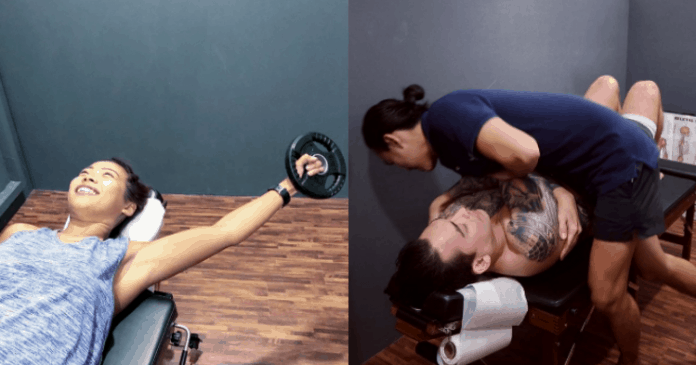Ask any athlete about their experience with sports injuries, and you’ll be met with groans and moans.
Recovery is indeed a painful process — and not just on the physical front.
Jesse Cai, founder of Singapore’s first exercise-based chiropractic clinic in Singapore, wants to help his clients bounce back faster.
Exercise As The Main Treatment
Walk into Jesse’s clinic and you’ll find it furnished with weights and equipment, resembling a small boutique gym.
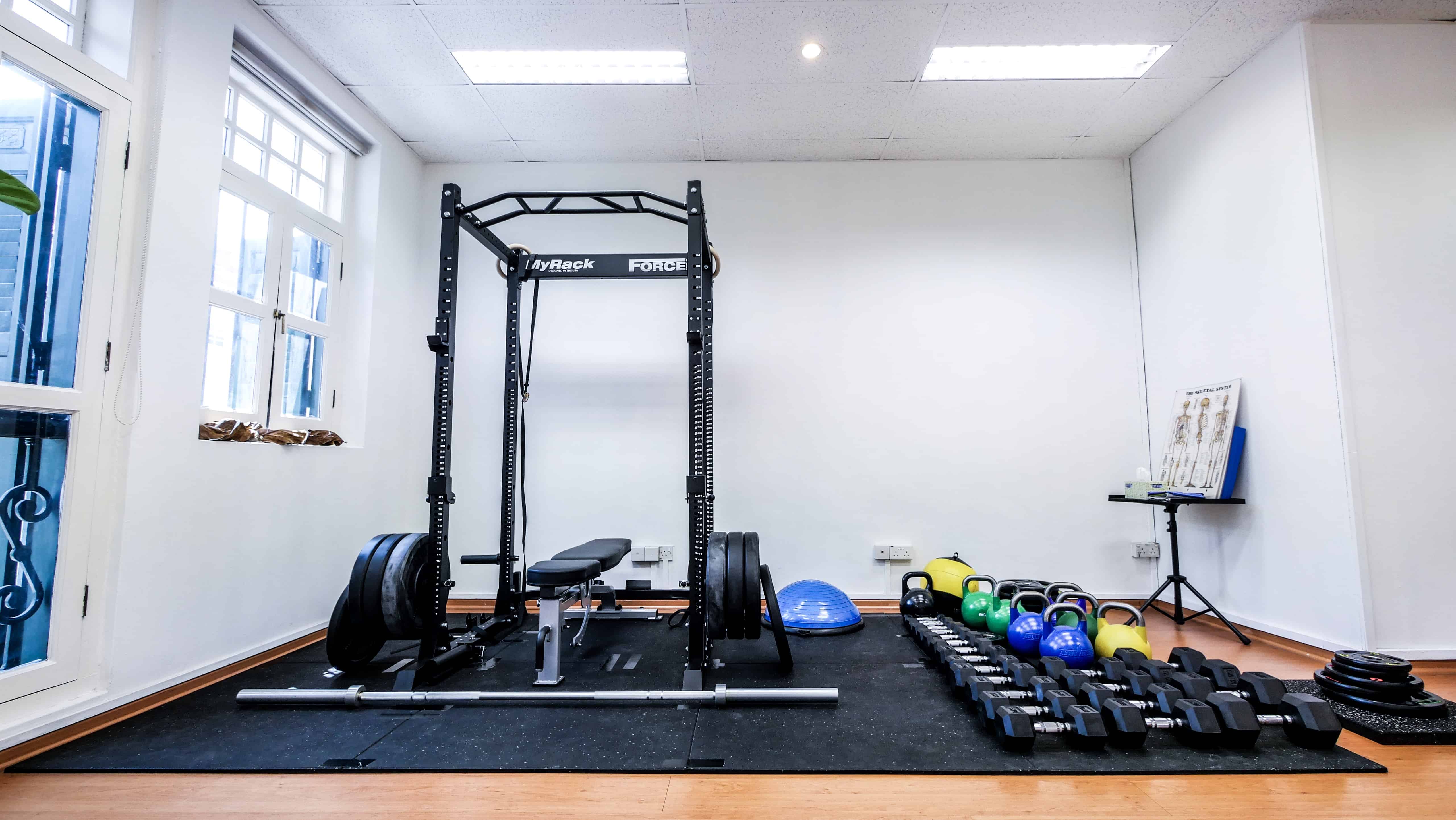
Exercise is the main focus of his treatment model, and Jesse bases his treatment on modern pain science.
He explains that the use of weights helps to “increase load capacity and resilience of an affected region in individualised movements and exercises.”
This helps clients get back to performing their daily tasks pain-free. For athletes, it works as a rehabilitative process to get them back up to where they were before sustaining injuries or experiencing pain.
Chiropractic Treatment — More Than Just A “Pop!”
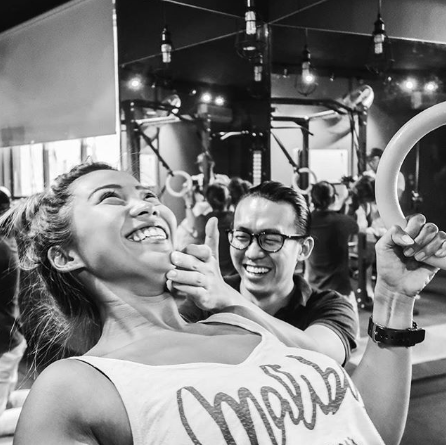
Chiropractic treatment is fairly new to Singapore.
At present, there is no concrete research on which ailments benefit most from chiropractic treatment in Singapore. Chiropractic treatments are not covered by Medisave, as it has not been statutorily regulated by the Ministry of Health.
It is no wonder that misconceptions still surround this form of alternative medicine. “Chiropractic treatment and chiropractic adjustments are not synonymous, “explains Jesse.
So, who are the people that typically seek chiropractic treatment?
The answer is simple: people who experience pain.
“I’d say the problem is always pain. It could be pain from running or sports, pain from walking around in heels, pain from sitting but pain is the common denominator.”
He adds, “some of the common ailments include tendon injuries, neck or shoulder pain and knee pain.”
Getting Clients Back On Their Feet
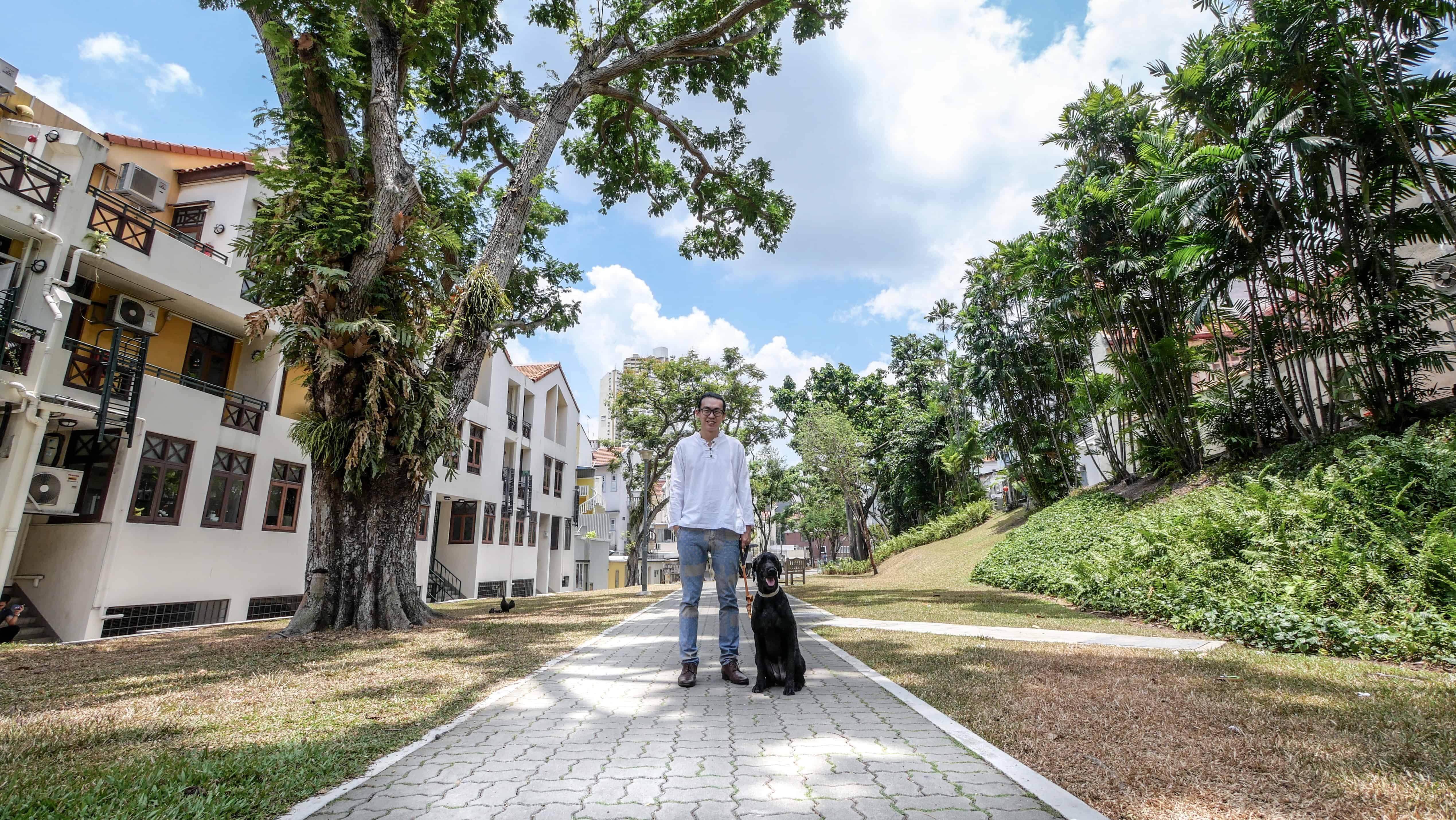
Unlike other chiropractic clinics in Singapore, Jesse’s clinic does not focus on chiropractic adjustments, which are the “manoeuvres that result in the ‘pop’ sound”.
This is why instead of the usual “crack-and-go” style that’s commonly associated with chiropractic care, Jesse chooses to incorporate simple exercises into treatments.
His treatment model, which focuses primarily on exercise instead of adjustments, is backed by research.
Jesse explains that current evidence supports the use of exercise and education as first-line treatment for low back pain and musculoskeletal conditions. While chiropractic adjustments are said to be effective, their results tend to be short-term.
“The aim of the treatment could be getting them back to running from a chronic knee injury, or even something seemingly innocuous like being able to sit at the desk for eight hours without pain.”
A Tailored Process
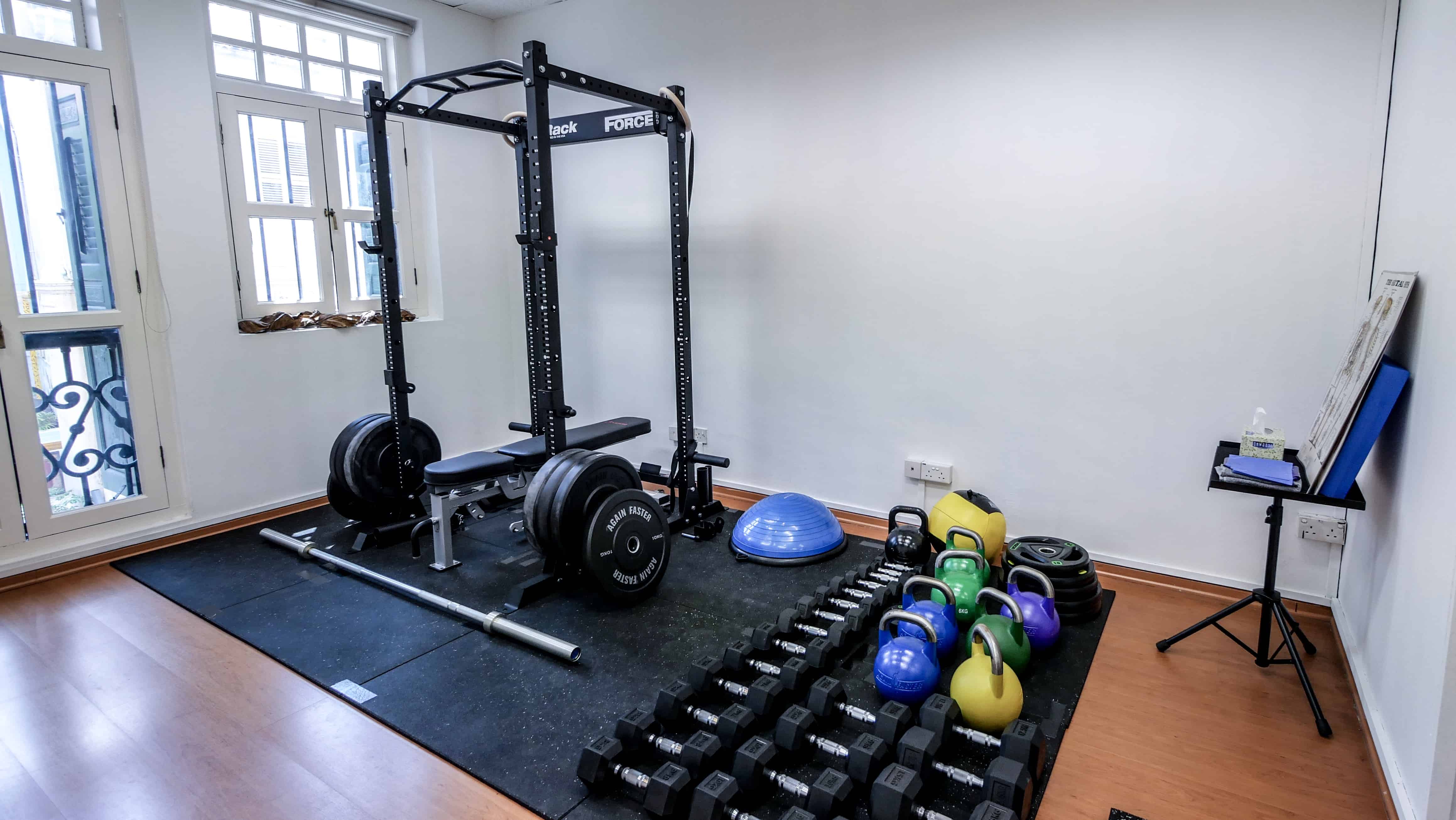
Recovery is more similar to a marathon than a sprint.
First, he hands his client a detailed form to fill in. The client is encouraged to share details about the pain or injuries he or she suffers from. At this stage, Jesse also invites the client to share their lifestyle and belief systems.
“I believe in a biopsychosocial approach to care,” says Jesse.
He also tests clients based on movements and exercises. When he treats competitive athletes, the assessment is done a little differently.
“In more advanced cases (competitive athletes), I will start to look at how good they are at jumping from different positions. This includes half squat, standing, full squat.”
Alternative Medicine For Pain Management
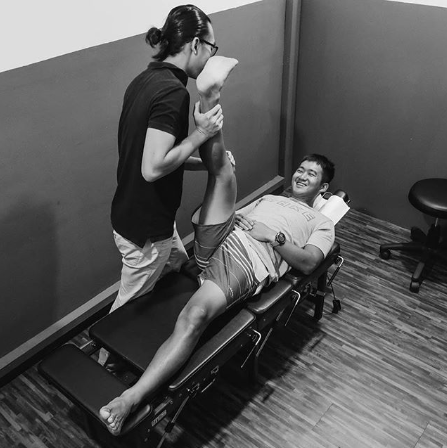
There definitely isn’t a one-size-fits-all solution for pain management. While the conventional “crack-and-go” chiropractic adjustments may raise some eyebrows, Square One Active Recovery’s treatment model may be a feasible option for athletes in the recovery process.
A biopsychosocial approach may also be favourable since such the approach extends beyond the biological diagnosis, and considers factors such as a patient’s lifestyle and beliefs.
Jesse highlights that when it comes to chiropractic treatment, the rehabilitation process varies across individuals differs. However, Jesse reveals that 80% of clients leave their care after 4-7 visits, spanned across three months.
He stresses that when it comes to pain management, finding sustainable solutions that fit the client’s lifestyle and beliefs is key.
“The real problem is the ideal lifestyle vs. reality mismatch. I work with them to get them back to doing what is important to them.”







